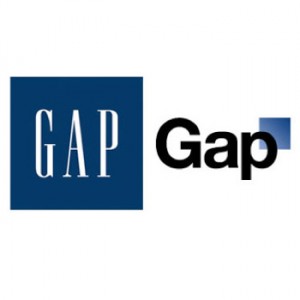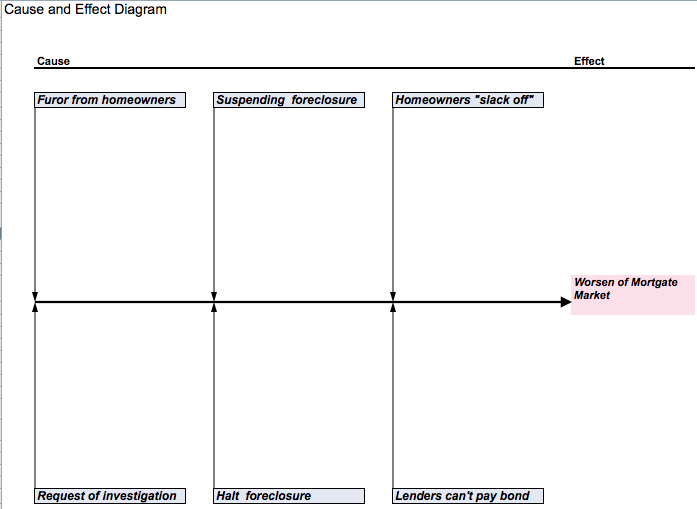 While studying today, I kept receiving calls from Fido customer service, requesting my feedback on their service. Different people kept calling me from the same phone number, and each call was within ten minutes of the preceding one. After intentionally missing ten calls, I got annoyed and picked up to finish their survey. “Sir, I have marked you off the list, thanks.” The callers’ accented voices were echoing in my head; and suddenly, outsourcing popped up in my mind.
While studying today, I kept receiving calls from Fido customer service, requesting my feedback on their service. Different people kept calling me from the same phone number, and each call was within ten minutes of the preceding one. After intentionally missing ten calls, I got annoyed and picked up to finish their survey. “Sir, I have marked you off the list, thanks.” The callers’ accented voices were echoing in my head; and suddenly, outsourcing popped up in my mind.
Indeed, outsourcing reduces costs for the companies so they can increase their profits. However, in long term, there seems to be a lot of potential problems with it. Outsourcing creates dissatisfaction for employees, customers, and the third parties themselves. Layoffs caused by outsourcing obviously lowers employee morale, and pushing third parties to front line to deal with customers seems to make both sides frustrated. The combination of the above factors results in lowers productivity and damage to company image. Instead of spending so many money and effort to motivate employees and improve brand image, why don’t companies find better alternatives for outsourcing? Saving these resources may be even more cost-effective than reduction in cost by outsourcing.
Failure of outsourcing






![[Robobonds]](http://sg.wsj.net/public/resources/images/MI-BG339_Robobo_NS_20101005183314.gif)


![[FUEL]](http://sg.wsj.net/public/resources/images/MK-BG500_FUEL_NS_20101001175633.gif)






